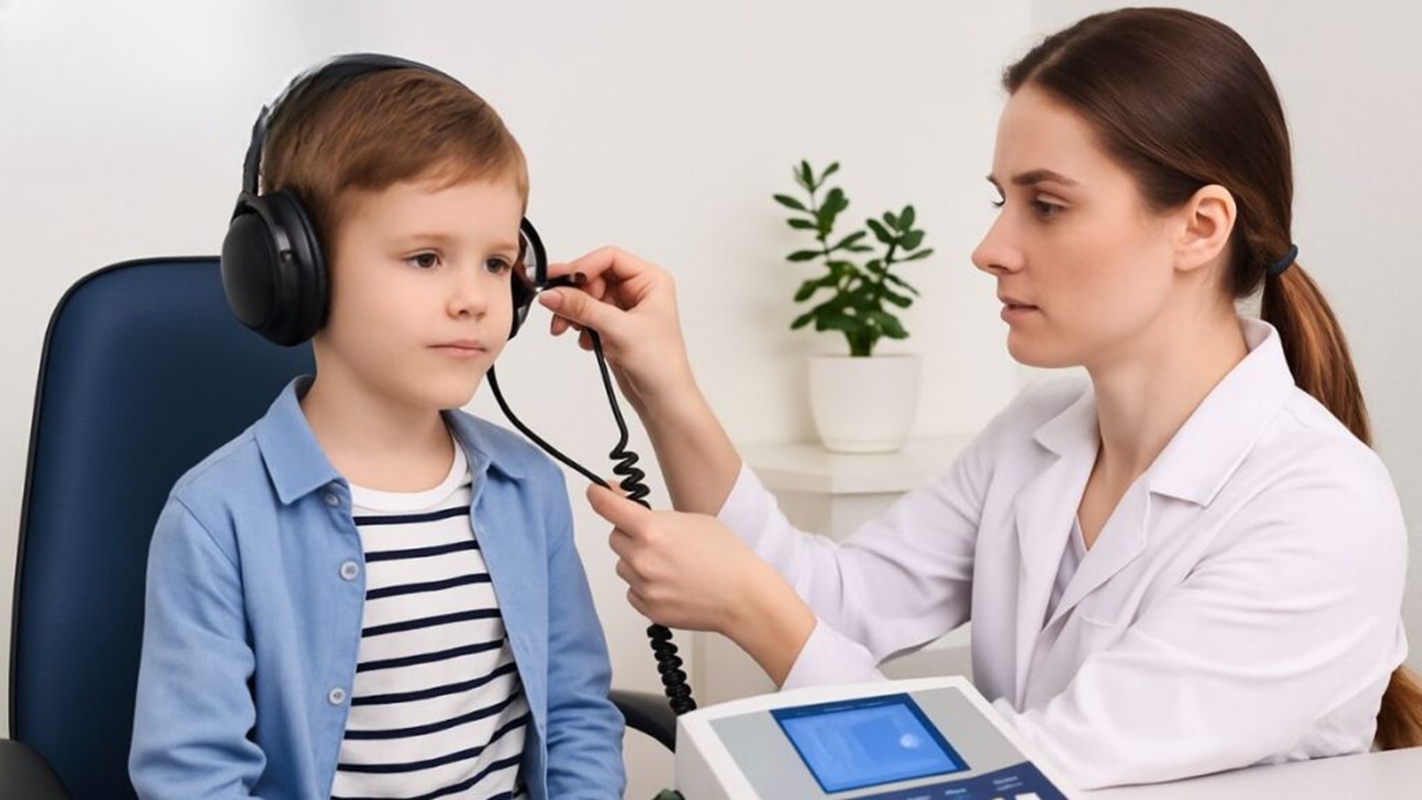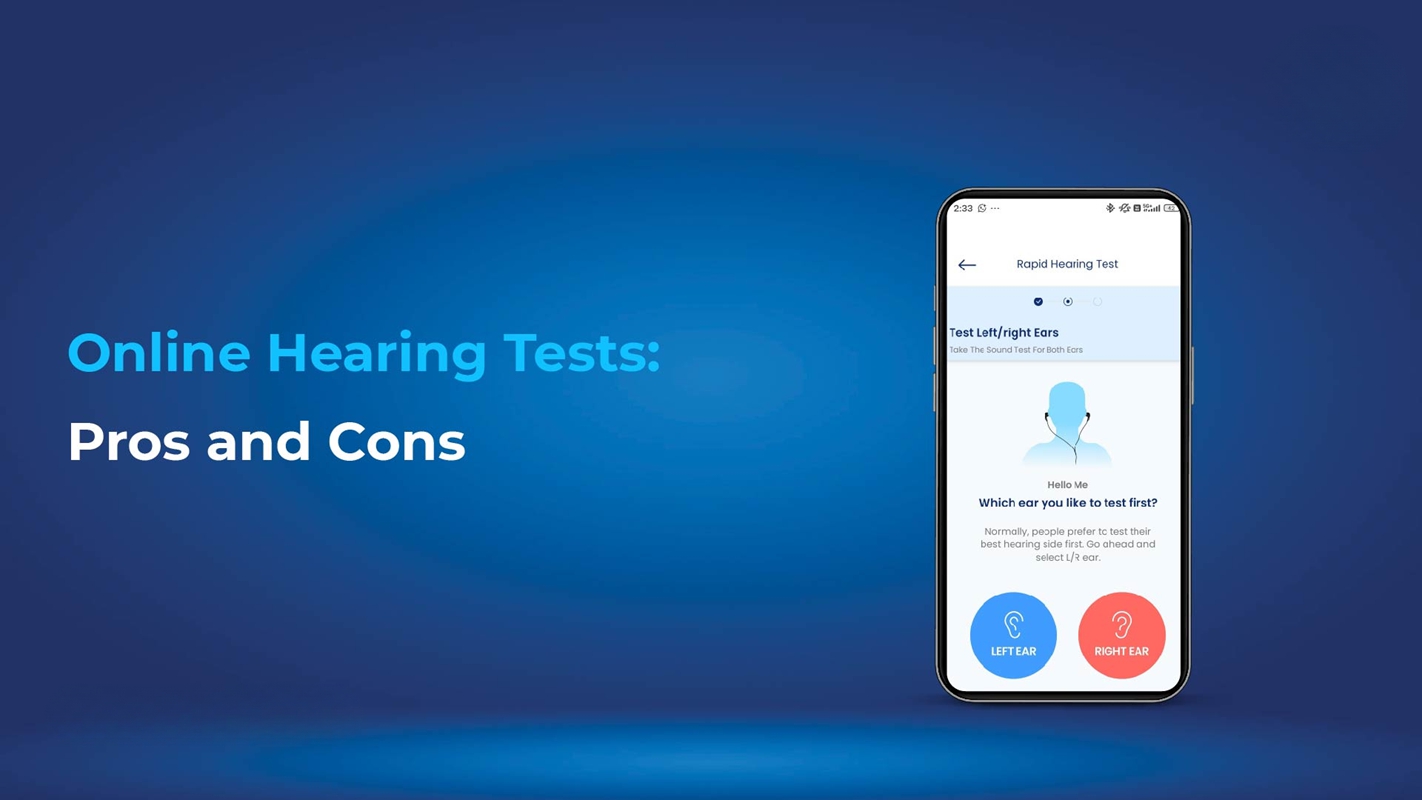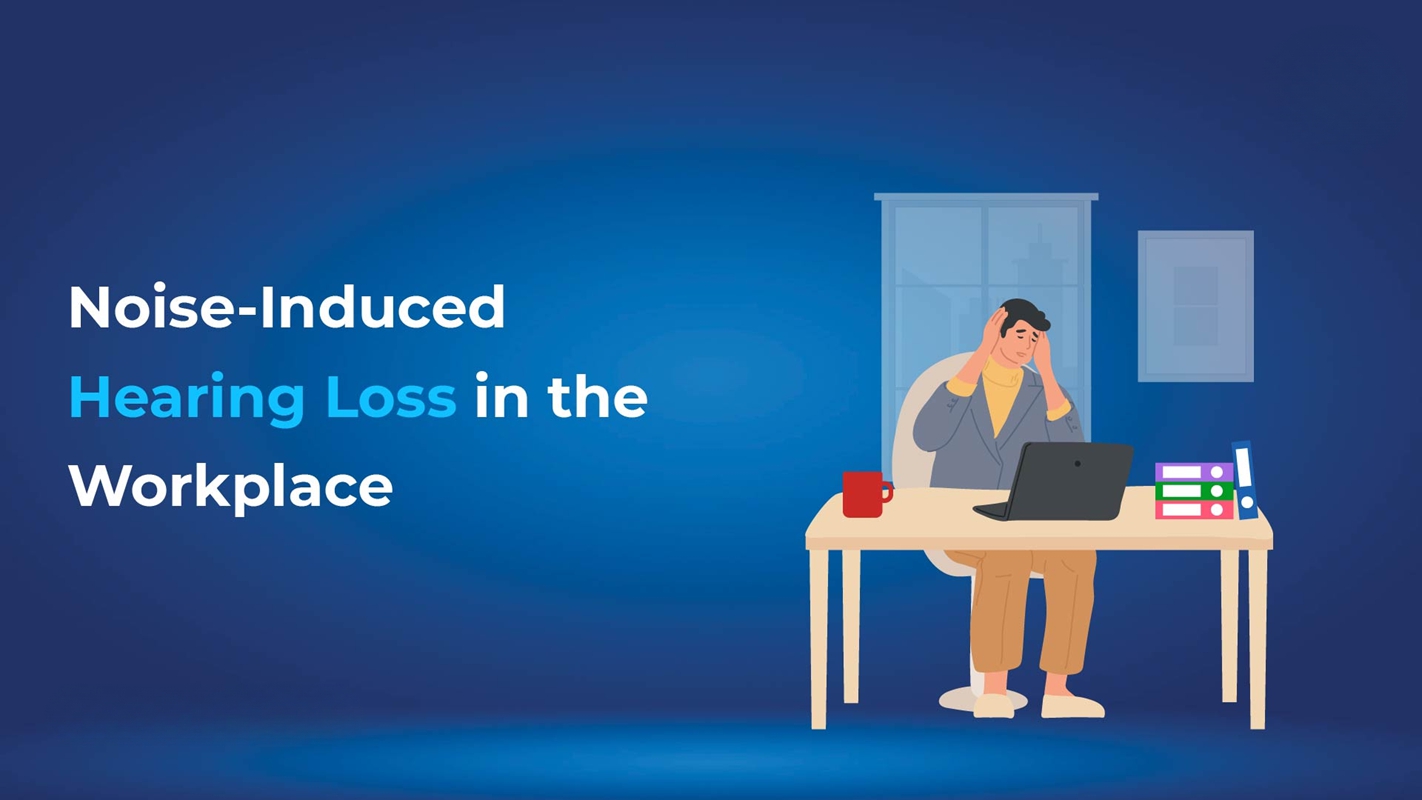If you’re experiencing hearing loss, ear pain, or frequent ear infections, your doctor might recommend an impedance audiometry test. This simple and pain-free test checks how effectively your middle ear is working. It’s commonly used to detect issues like fluid buildup, eustachian tube dysfunction, or a perforated eardrum.
Whether you’re searching for the cause of unexplained symptoms or monitoring ongoing ear conditions, understanding this test can help you make informed decisions.
What is an Impedance Audiometry Test?
Impedance audiometry, often known as tympanometry, is a non-invasive diagnostic technique that assesses middle ear function.
It measures the movement of the tympanic membrane (eardrum) when air pressure fluctuates. This test helps identify various conditions affecting the middle ear, such as fluid accumulation, eustachian tube dysfunction, and ear infections. By providing detailed information about the middle ear’s functionality, impedance audiometry plays a crucial role in accurately diagnosing and treating hearing disorders.
How is an Impedance Audiometry Test Performed?
The procedure is fast, easy, and causes no discomfort, often taking just a few minutes. It helps your audiologist assess how well your middle ear is working by measuring how your eardrum reacts to changes in air pressure. Here’s a step-by-step breakdown of how the test is done:
Step 1: Preparation
Before starting the test, the audiologist ensures everything is ready:
- Medical History Check: You’ll be asked about any ear-related symptoms, past ear infections, or surgeries.
- Ear Examination: Using an otoscope, the audiologist checks your ear canal and eardrum for wax, infections, or blockages that might affect the test results.
Step 2: The Testing Procedure
Once your ears are clear and ready, the test begins:
- Probe Insertion: A small, soft probe is gently placed into your ear canal. It contains:
- A speaker emits sound
- A microphone to record responses
- A pressure pump to change the air pressure
- A speaker emits sound
- Pressure Variation: The probe gently adjusts the air pressure inside your ear while playing a soft sound to measure eardrum movement.
- Eardrum Response: The microphone records how much sound is reflected, which indicates how well your eardrum moves.
- Graph Output: The data is shown on a tympanogram—a graph that displays your eardrum’s movement under different pressure levels.
Step 3: Interpreting the Results
The tympanogram helps identify middle ear issues by categorising results into types:
Tympanogram Type | Meaning |
Type A | Normal middle ear function |
Type B | Possible fluid in the middle ear or perforation |
Type C | Negative pressure due to Eustachian tube issues |
Each result gives your audiologist a clear picture of your middle ear health and helps guide the next steps for treatment or further testing.
Purpose of Impedance Audiometry
The primary objectives of impedance audiometry include:
- Diagnosing Middle Ear Problems: This test can detect if the middle ear has fluid, which is often associated with ear infections.
- Evaluating Eustachian Tube Function: It assesses the functionality of the Eustachian tube, which helps equalise air pressure in the middle ear.
- Detecting Tympanic Membrane Abnormalities: Impedance audiometry identifies any abnormalities or perforations in the eardrum.
- Monitoring Middle Ear Conditions: It monitors treatment progress for various middle ear conditions. Through these objectives, impedance audiometry aids in comprehensive hearing health assessments.
Benefits of Impedance Audiometry
This test plays an important role by offering key advantages in middle ear assessment.
- Noninvasive: The test is noninvasive and painless, making it suitable for patients of all ages, including infants and young children.
- Quick and Efficient: The procedure is quick, usually completed within a few minutes, allowing for prompt diagnosis and treatment.
- Accurate Diagnosis: It provides precise information about middle ear function, helping in the accurate diagnosis of various conditions.
- Monitoring Treatment: The test is useful for assessing the effectiveness of treatment for middle-ear disorders. ensuring appropriate management. These advantages highlight why impedance audiometry is essential for maintaining good hearing health.
Common Conditions Diagnosed by Impedance Audiometry
Impedance audiometry helps detect several middle ear problems early, making treatment more effective.
- Otitis Media: Common in children, this condition involves fluid in the middle ear that impedance audiometry can identify for early intervention.
- Eustachian Tube Dysfunction: This condition causes pressure issues in the ear. The test helps identify it before it leads to long-term problems.
- Tympanic Membrane Perforation: A hole in the eardrum from infection or injury. The test shows how severe the damage is.
- Cholesteatoma: An abnormal growth in the middle ear. The test helps in early detection and monitoring to prevent serious issues.
Who Should Undergo an Impedance Audiometry Test?
Impedance audiometry is recommended for individuals experiencing symptoms related to middle ear issues. Some of the symptoms and scenarios where this test is advisable include:
- Hearing Loss: Unexplained hearing loss warrants an impedance audiometry test to determine if middle ear problems are the cause.
- Ear Pain: Persistent ear pain can indicate an underlying middle ear condition that needs evaluation.
- Tinnitus: Persistent sounds in the ear, such as buzzing or ringing, might suggest a problem in the middle ear.
- Balance Problems: The middle ear plays a role in maintaining balance, and issues here can lead to dizziness or balance disorders.
- Frequent Ear Infections: Recurrent ear infections, particularly in children, necessitate an impedance audiometry test for accurate diagnosis and management.
Preparing for an Impedance Audiometry Test
To ensure accurate results, it is important to prepare properly before undergoing the test. Whether you’re getting a routine check-up or a hearing test in Delhi, following the right steps can improve the accuracy of your results. Here are a few preparation tips:
- Avoid Loud Noises: Refrain from exposure to loud noises before the test, which may affect the results.
- Stay Still: During the test, it is crucial to remain still and avoid talking or swallowing to ensure precise measurements.
- Inform the Audiologist: Notify the audiologist about any ear-related symptoms or medications you take. Proper preparation facilitates a smooth testing process and yields more reliable results.
Limitations and Considerations
While impedance audiometry is a valuable diagnostic tool, it has some limitations and considerations to keep in mind:
- Limited Scope: This test primarily evaluates middle ear function and does not provide information about inner ear or auditory nerve conditions.
- Used Alongside Other Tests: Impedance audiometry is usually performed with additional hearing evaluations to get a complete understanding of ear health.
- Requires Patient Participation: For accurate results, the person being tested must stay still and carefully follow the instructions, which highlights the need for a thorough and well-coordinated hearing assessment.
Conclusion
Impedance audiometry is an important test used in audiology to check how well the middle ear is working. It checks the movement of the eardrum in response to changes in air pressure, helping identify issues like fluid buildup, infections, or pressure imbalances. The test is quick, safe, and painless, which makes it suitable for people of all ages. Because of its accuracy and ease, it plays a key role in hearing check-ups. Knowing how this test works can help both patients and healthcare providers take better care of ear health.
















